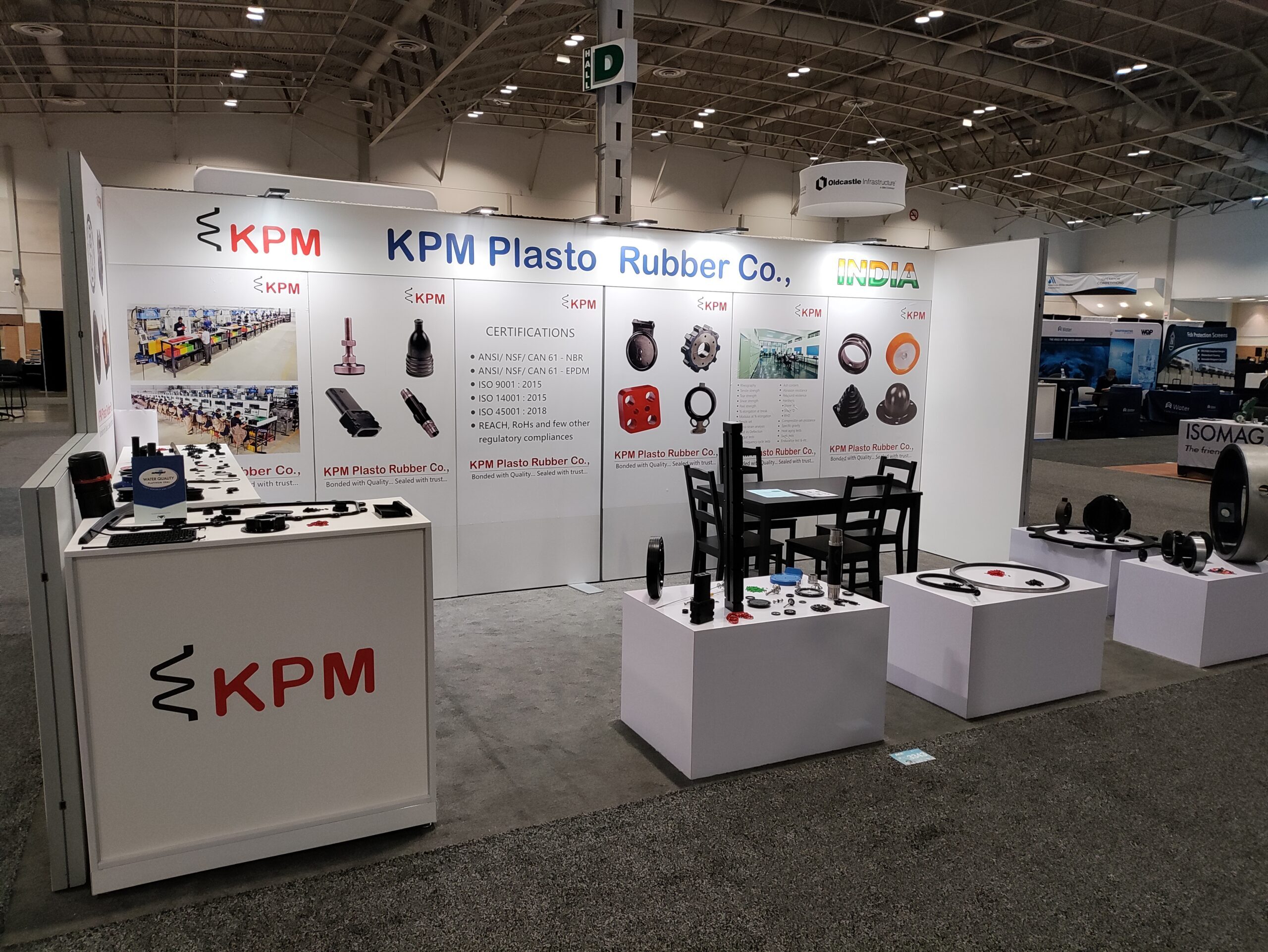Introduction
Rubber compounds are mixtures of raw rubber with various additives, such as fillers, plasticizers, vulcanization agents, and antioxidants. These additives are used to improve the rubber’s properties and performance, such as its strength, elasticity, durability, and resistance to chemicals and environmental factors.
How are Rubber Compounds Made?
Rubber compounds are made in a process called compounding. First, the raw rubber is masticated, or broken down into smaller pieces. This makes the rubber easier to mix with the other additives.
Next, the additives are added to the rubber and mixed thoroughly. The type and amount of additives used will depend on the desired properties of the rubber compound.
Once the rubber compound is mixed, it is vulcanized. Vulcanization is a process that cross-links the rubber molecules, giving the rubber its strength and elasticity.
Types of Rubber Compounds
There are many different types of rubber compounds, each with its own unique properties. Some of the most common types of rubber compounds include:
Natural rubber: Natural rubber is made from the latex of the rubber tree. It is strong, elastic, and durable. Natural rubber is used in a wide range of applications, including tires, hoses, and medical devices.
Synthetic rubbers: Synthetic rubbers are made from petroleum products. They are often used in applications where natural rubber is not suitable, such as for products that need to be resistant to oil and chemicals.
Elastomeric compounds: Elastomeric compounds are made from a variety of different polymers, including rubber. They are often used in applications where high performance is required, such as in automotive and aerospace components.
Applications of Rubber Compounds
Rubber compounds are used in a wide range of applications, including:
Tires: Tires are made from a variety of different rubber compounds, each with its own unique properties. For example, the tread of a tire is made from a compound that is designed to be durable and resistant to wear and tear. The sidewalls of a tire are made from a compound that is designed to be flexible and absorbent.
Hoses: Hoses are used to transport fluids and gases. They are made from a variety of different rubber compounds, each with its own unique properties. For example, a hose that is used to transport water will be made from a different compound than a hose that is used to transport oil.
Medical devices: Rubber compounds are used in a wide range of medical devices, such as catheters, implants, and prosthetics. Rubber compounds are chosen for these applications because they are biocompatible, meaning that they do not cause an allergic reaction in the body.
Automotive parts: Rubber compounds are used in a wide range of automotive parts, such as gaskets, seals, and hoses. Rubber compounds are chosen for these applications because they are durable, resistant to oil and chemicals, and can withstand a wide range of temperatures.
Consumer products: Rubber compounds are used in a wide range of consumer products, such as cooking utensils, baking molds, and baby products. Rubber compounds are chosen for these applications because they are non-toxic, durable, and easy to clean.
Conclusion
Rubber compounds are versatile materials with endless possibilities. They are used in a wide range of applications, from tires to medical devices. Rubber compounds are essential to many of the products that we rely on every day.


About The Author: KPM Team
More posts by KPM Team